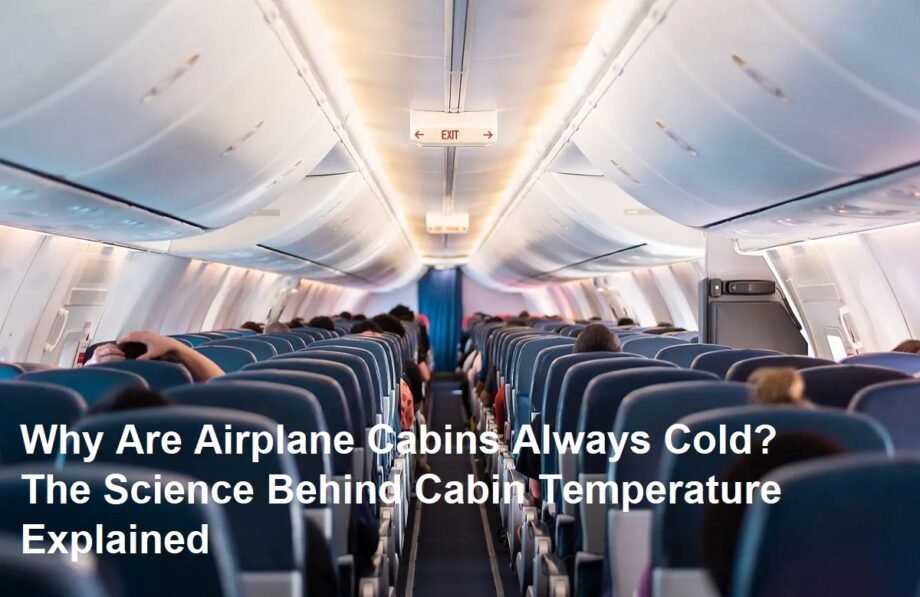Introduction
Traveling by airplane often comes with the common experience of feeling chilly inside the cabin. Despite the warmth of the summer sun visible through the windows, passengers frequently wonder: why are airplane cabins always cold? This article explores the scientific and practical reasons behind the seemingly cold cabin temperature, combining expert insights to offer clarity and enhance your flying experience.
The Mechanics of Airplane Cabin Temperature
Airplane cabins are pressurized environments designed to maintain passenger comfort and safety during high-altitude flight. One key factor influencing temperature is the outside air. At cruising altitude, typically around 35,000 feet, the temperature outside the airplane can plummet to as low as -60 degrees Fahrenheit (-51 degrees Celsius). To ensure comfort, aircraft ventilation systems regulate cabin temperature using sophisticated heating, ventilation, and air conditioning (HVAC) systems.
However, these systems must balance heating with the need to circulate fresh air continuously. Fresh air is drawn from outside, compressed, cooled, and then warmed before entering the cabin. This cycle is critical not only for temperature control but also to maintain air quality and avoid the buildup of carbon dioxide and other contaminants. Due to this continuous air exchange, the cabin temperature often feels colder compared to other enclosed spaces.
Safety and Regulatory Standards
The aviation industry follows strict safety guidelines regarding cabin temperature. The Federal Aviation Administration (FAA) and other international authorities recommend maintaining cabin temperatures ideally between 22 to 24 degrees Celsius (71.6 to 75.2 degrees Fahrenheit). Temperatures outside this range can adversely affect passenger health and crew performance. To comply, airlines often set temperatures slightly lower during boarding and initial flight phases to prevent overheating during periods of high passenger activity.
Moreover, the cabin’s low humidity levels—often less than 20%, compared to the average 30-50% on the ground—make the environment feel cooler and drier, further contributing to the sensation of chilliness.
Energy Efficiency and Environmental Considerations
Modern airplanes emphasize energy efficiency to reduce environmental impact and operating costs. Maintaining a perfectly warm cabin throughout the flight requires significant energy. Airlines prioritize efficient use of heating systems, and sometimes the cabin temperature is set on the cooler side to save energy, especially during longer flights.
Additionally, layering clothing and using provided blankets are common recommendations because passengers often have differing temperature preferences. This approach ensures individual comfort without compromising overall energy efficiency.
Tips to Stay Warm on a Flight
If you frequently feel cold on flights, it’s best to dress in layers and bring a light jacket or sweater. Using the air vent above your seat judiciously by adjusting it away from your face can also help reduce the chill. Staying hydrated is essential too, as dehydration can make the cold feel more intense.









